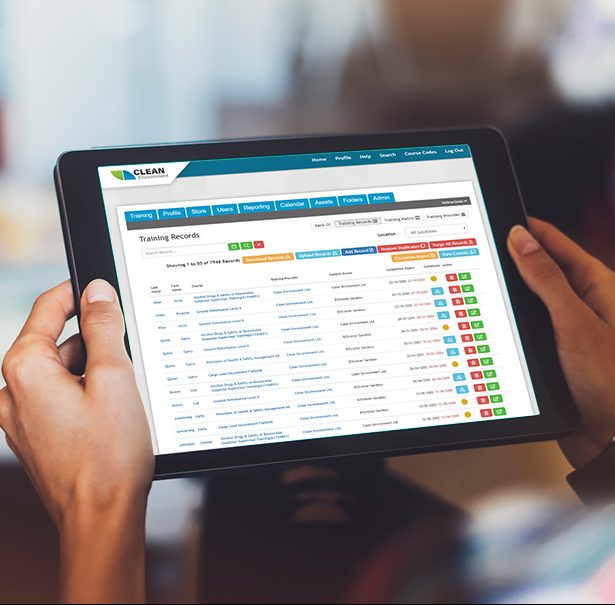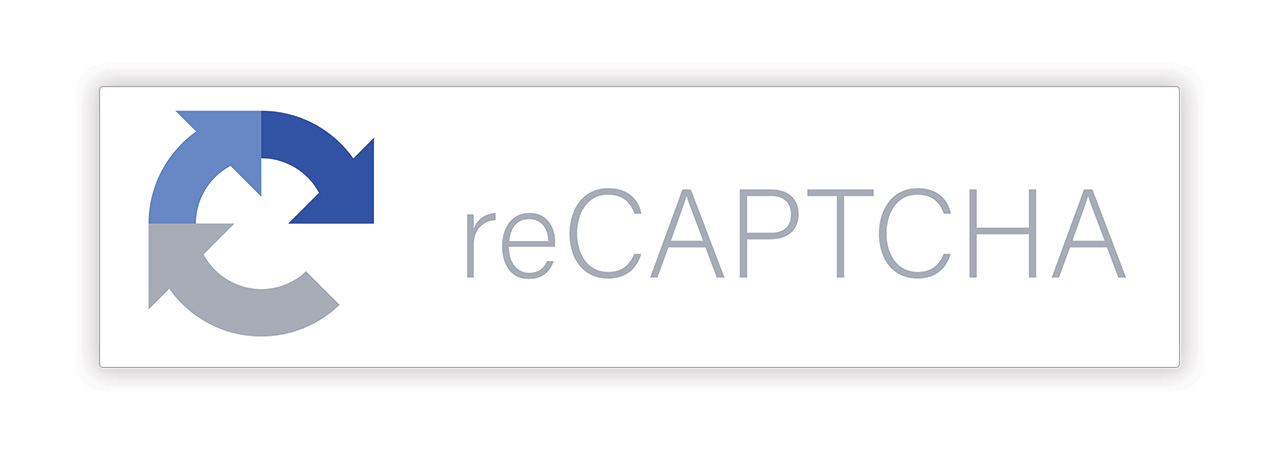
Tips to Maintain Training Records Within your Company
Proper training is very important to the ongoing success of any company, in any industry. However, transportation, oil & gas, mining, or construction industries have to be extra attentive to training to stay safe in higher-risk fields. If you want your employees to be skilled, competent, and capable of doing their jobs both safely and effectively, then learning to maintain training records is non-negotiable. Dependent on the size of your company, there might be different ways to manage and maintain your employee’s training records. A smaller local business would not be handling their training records in the same manner as large multinational would. It may be completed by an excel spreadsheet, or through physical paper copies, but however you currently manage your training records, the same core points remain true.
Knowing what training every employee has completed and having access to their certificates is essential. Storing certificates in a place where they are easy to access by employees and supervisors is beneficial in case they are requested. Certain types of training expire after a set period, so keeping track of these expirations should be an integral part of any training management system. Not only is this a necessity to meet your legal obligations, but it also ensures that you maintain a safe and efficient workplace. Smaller companies may still be monitoring who has completed what training via spreadsheets. This method has a lot of limitations and increases the risk of missing critical training requirements. Training Record Management Systems (TRMS) take over the handling of your company’s training records through the use of cloud-based software. A TRMS is a great tool to help you stay on top of your employees’ training.
Here are some key tips on managing your company’s training records:
1. Digitization
Maintaining training records in physical paper copies takes up a very large amount of space and requires time to file properly. Manually searching through filing cabinets for a certificate or record is costly in terms of time, especially if a document has been misfiled or misplaced. Going digital with your training records eliminates this problem. Cloud-based systems allow you to minimize company time spent manually searching for documents and reduce the amount of physical storage space. With cloud-based record-keeping, it can take seconds to find a specific record. By having a centralized system, the company’s training information can be accessed on-demand from a computer, tablet, or mobile device.
2. Automation

While spreadsheets have been used traditionally for tracking training, ensuring all the requirements are current and satisfied can be difficult this way. Each role within an organization has its specific training requirements, and failing to keep on top of these can be disastrous if it results in an avoidable accident. Automation removes this risk. Employing the use of a training matrix allows you to input your unique company roles and then auto-assign their required documents, orientations, or training. Expirations are tracked through the system and can notify employees and supervisors so the appropriate training can be completed before it expires. Company time and money can be saved simply by automating the process of training record management.
3. Reporting
Being able to access visual reports is an essential element of a great training system. Whether you need a broad overview or specific details relating to a department or job site, it’s important to obtain this information quickly and easily. A gap analysis report allows you to identify outstanding training requirements or where you might be overspending on non-essential training for your employees. These robust reports help to focus on training issues at specific sites or in particular departments. Having the ability to customize reports that reflect specific information is invaluable, not just for enabling you to fill gaps in your employees’ training, but to redirect spending where it is most needed.
4. Designated Employee

Having a designated person to oversee company training and record management is crucial. Who you pick for this role will probably be determined by the size and structure of your company. If you’re a smaller firm, overseeing training may be just one aspect of the employee’s role. In a large multinational, there may well be a whole team or department dedicated entirely to training and the records associated with it. However, no matter the size of your firm, designating someone to oversee training and records is key. It offers a point of reference for all things training and avoids the confusion of who is responsible. Although a designated employee will be the one overseeing the entire operation, training is the responsibility of everyone– management, employees, and supervisors.
5. Training Record Management System
A Training Record Management System incorporates all of the important features into one system. Automation frees up the time spent identifying training gaps or upcoming expirations and alerts the relevant people before it is expired. Reporting features allow detailed and customized reports to be generated that keep you updated on location or department-specific training. A cloud-based system allows information to be accessed on-demand by employees, administrators, or supervisors. A TRMS easily allows employees, as well as management, to upload their records, and receive notifications for expiries. It is important to have a joint responsibility to ensure employees are engaged in their training and are being safe when on the job site.
Working to effectively maintain training records is crucial for the smooth operation of any organization. Keeping up-to-date with training needs and legal requirements is incredibly important whether you are a small firm or a large multinational. Digitizing your existing records and documentation into a cloud-based system alleviates the need for storage space, as well as saves time when it comes to searching for specific files. Automation ensures expirations or crucial training requirements are not missed. Robust reporting enables you to identify gaps in your company’s training as well as giving you an overview of the situation. Designating an employee or team to oversee training offers a reference point to avoid confusion of responsibility. Investing in a Training Record Management System allows all of the important features to be incorporated into one system and streamlines your organization’s training record management.


























